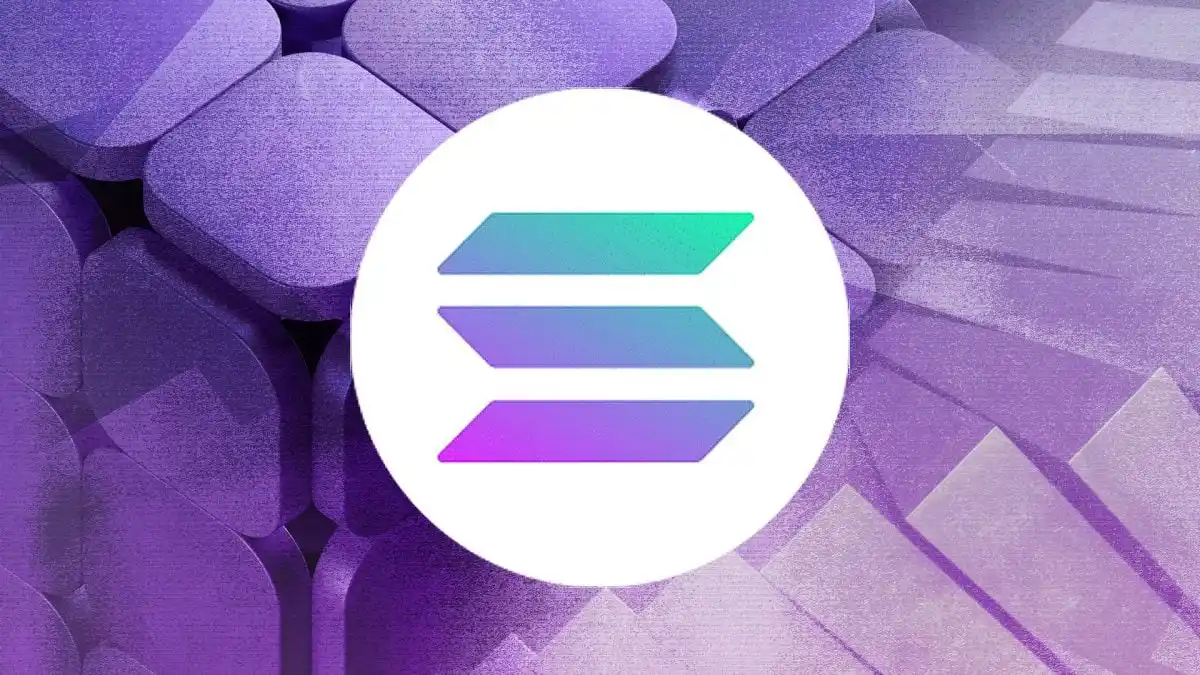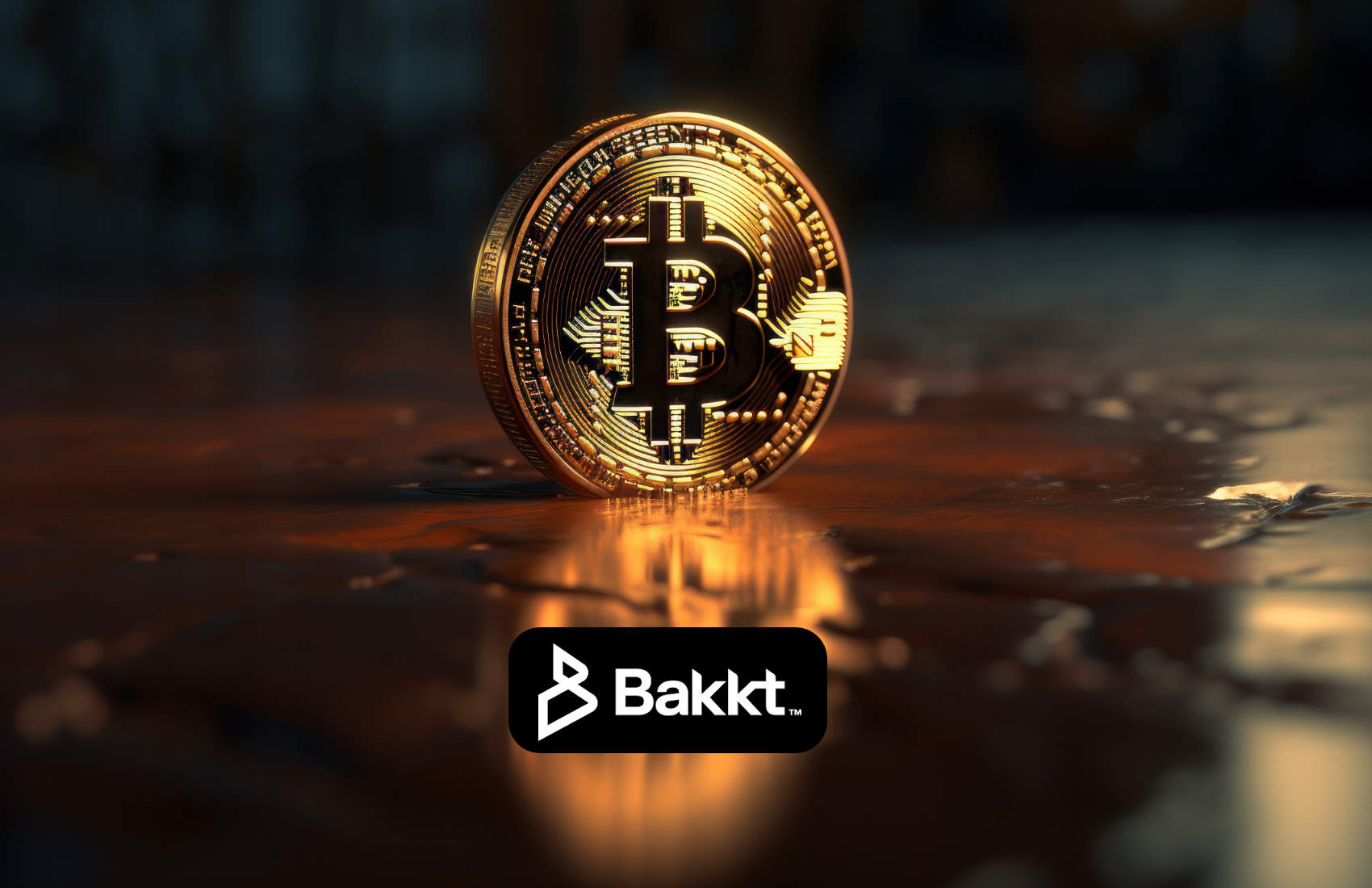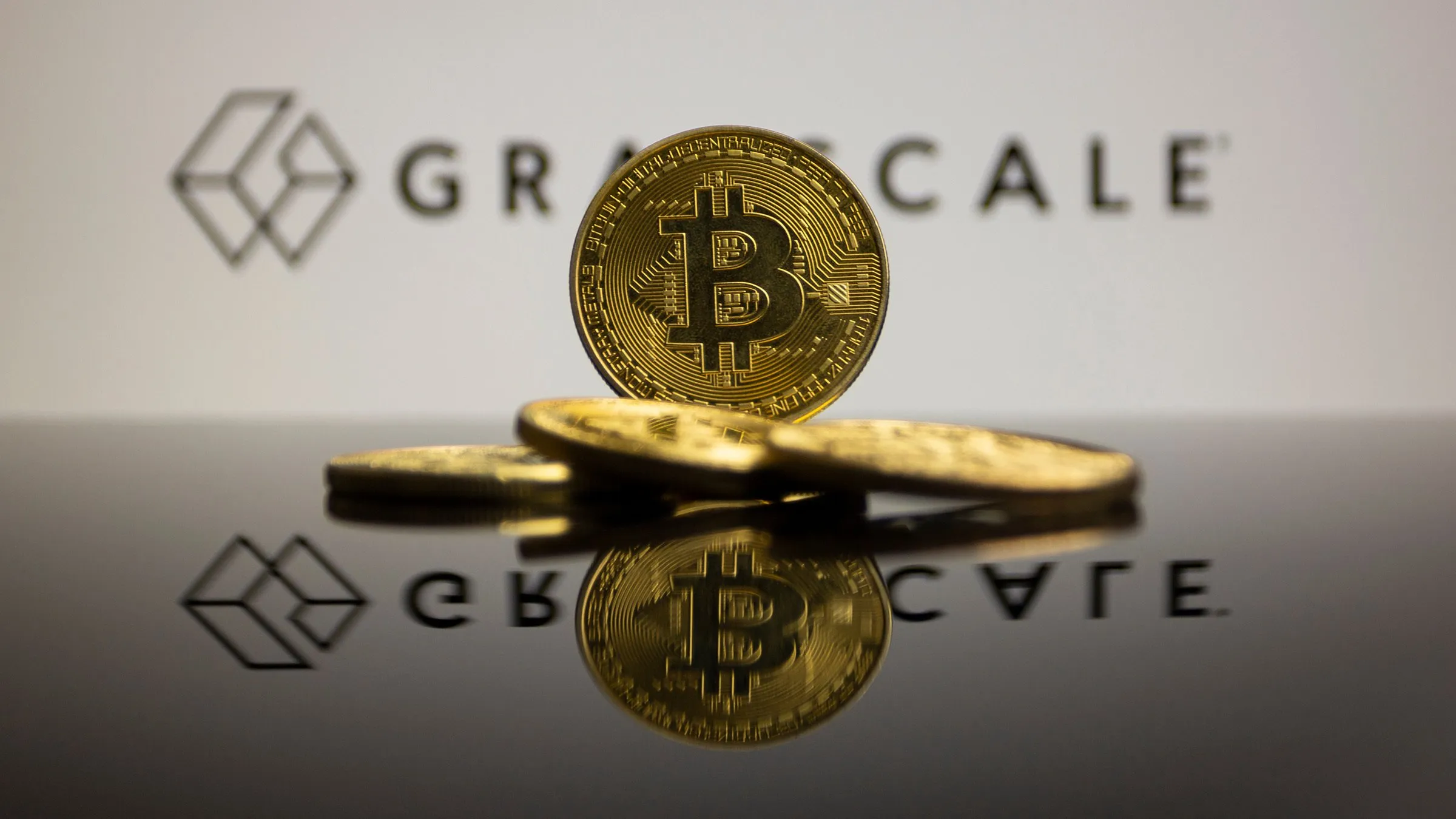The Economics of Ethereum vs Solana: A Network ComparisonGO-TO-MARKET/APPROACH TO SCALABILITYCOST TO PRODUCE $1 of FEE REVENUEUSE CASESCONCLUSION & K
From Tokenterminal by The DeFi Report
GO-TO-MARKET/APPROACH TO SCALABILITY
ETHEREUM
Launched in July of 2015, Ethereum initially carried forward the core values of Bitcoin (security, decentralization, proof of work) while creating a more expressive, programmable blockchain to host all kinds of internet native applications.
In some ways, the build-out of Ethereum is mirroring that of the internet. For example, in the early days of the web, if you wanted to create a website, you had to host your own physical server -- which was cost-prohibitive and didn't scale well. This problem was solved with the creation of shared web hosting services. This made it easier and cheaper to spin up a website -- by leveraging a solution such as GeoCities -- allowing the internet to scale while making it easier for entrepreneurs to build internet native products and services without hosting their own servers.
In some ways, we can think of Ethereum as "the GeoCities" of public blockchains. Instead of having to fork Bitcoin to create a new app, developers could now leverage shared infrastructure and standards using the Ethereum Virtual Machine.
However, over the years, developers have required more flexibility and speed. Enter layer 2 blockchains -- execution environments building "on top" of Ethereum. In some ways, the introduction of Layer 2s looks similar to the introduction of AWS for the internet -- which built upon GeoCities and made it even easier for developers to create customized, scalable applications.
In this way, Ethereum is growing as a "network of networks," in a modular format, similar to the build-out of the internet.
In summary, Ethereum's go-to-market strategy optimized for security/decentralization, leading to higher transaction costs on L1. With strong network effects in place, Ethereum has chosen to scale via separate, but economically connected L2 blockchains. As this plays out, the economics of Ethereum in terms of value accrual are becoming bifurcated across a number of economic actors -- which we cover in detail in this dashboard.
SOLANA
Launched in March of 2020, Solana has taken a different approach to scalability. From day one, the network has been focused on building "Nasdaq on the blockchain." To create a more performant blockchain, Solana initially sacrificed decentralization for superior transaction throughput. They accomplished this with more sophisticated nodes (servers) -- which have much higher bandwidth than Ethereum nodes but are more costly and complex to set up. With a focus on more powerful hardware, Solana seeks to optimize and scale the L1 in a more monolithic, or integrated tech stack. Instead of separating execution and settlement, Solana mashes the two together with a superior state machine.
In making this trade-off, Solana came to market with a highly scalable blockchain and significantly lower costs for users. Over time, Solana has become more decentralized, as the network now hosts 2,421 validators (Ethereum has 5,623). While lower costs can create a better user experience, it can also encourage more spam and algorithmic/bot behavior onchain. With that said, as Solana grows its network effect, it may be able to exert pricing power in the future.
In summary: Ethereum started slow and decentralized with a focus on security and for anyone to easily be able to run a node. Over time it is becoming faster and cheaper, scaling as a network of networks. Solana started fast but more centralized. Over time it is becoming more decentralized and expensive, while seeking to scale in an integrated fashion at the L1 level.



Key Takeaways:
- Ethereum + the top L2s have done nearly $20b in all-time fees
- 97.5% has come from Ethereum L1
- The top L2s have combined for $479m of all-time fees
- Solana has produced $495m of all-time fees (2.4% of Ethereum + the top L2s). 87% of Solana's all-time fees have been generated over the last year.
- Solana validators are not sharing any of the economics with L2s today, as we see within the Ethereum ecosystem. With that said, it's possible that Solana apps will eat into validator fees in the future, as we see on Ethereum with L2s today.
- The trend is the friend of Solana. Over the last 3 months (Aug - Oct), the network has produced 41% of the fees that ETH L1 has produced and more than 7x that of the top L2s combined.
- Why do we include L2s in the analysis? 1) L2s create demand for ETH as the vast majority require ETH to transact, 2) L2s settle transactions down to Ethereum, driving fees to validators.
- Do we foresee a scenario where L2s would not be included? Yes, it's possible L2s could use USDC for transactions in the future (will still need to convert to ETH to settle to L1, but this would diminish "ETH as money.") L2s that use another data availability/settlement network and therefore do not leverage Ethereum's consensus, security, or contribute to Ethereum's economics should not be included.
*Figures do not include MEV payments, which represent additional revenue that validators can earn (included below in Total and Real Economic Value charts).
Key Takeaways:
- 64% of Ethereum's all-time transaction fees ($12.4b) have been burned, accruing value to ETH tokenholders (the base fee that users pay to transact on the network).
- 50% of Solana's fees have been burned, accruing value to SOL tokenholders, an all-time value of $247m.
- The top L2s have combined for $479m of fees, which accrue 100% to their centralized sequencers (not to tokenholders).
- Ethereum has a higher burn rate and lower inflation (impacts tokenholders that do not stake).

Key Takeaways:
- Ethereum has paid out over $7b of all-time fees (36%) to its supply-side validators. These are priority fees that users pay in excess of the base fee (which is burned, accruing to ETH holders).
- Solana has paid out $247m in all-time fees to its supply-side validators (50%). The remaining 50% of network fees were burned, accruing value to SOL holders.
- 100% of L2 fees accrue to the L2 legal entity today, not to the DAO or tokenholders. However, this could change in the future as these systems need to start centralized. If they're successful, they should decentralize over time with tokenholders potentially participating in the economics of user activity.
*Figures do not include MEV, which represents additional value paid to the supply-side validators of each network (included below).

Key Takeaways
- Real Economic Value = Network Fees + MEV
- When we factor in MEV (Jito Fees), Solana has done 58% of Ethereum's Real Economic Value over the last 90 days and 77% of Ethereum's Real Economic Value over the last month.
- The vast majority of this MEV is being paid to Solana stakers and Ethereum stakers today, but we can envision a world where Jito and Flashbots increase their take rate over time (a similar dynamic we see with Ethereum L2s today).

Key Takeaways:
- Total Economic Value on Solana = Network Fees (50% paid to validators, 50% burned) + MEV (95% paid to validators today) + Token Incentives (100% paid to validators/stakers).
- An L1 network becomes profitable from an onchain perspective when its burned tokens (from transaction fees) exceed token incentives/network issuance. Solana has yet to achieve this status, but has seen improvement in recent months on the fee generation side. However, over the last 90 days, token incentives have still outpaced network fees by $805m. This is dilutive to SOL tokenholders that are not staking assets (similar to holding cash vs treasury bonds).
- Solana's Total Economic Value (paid to validators/stakers) over the last 90 days = $1.19b (79% = token incentives/network inflation).
Key Takeaways:
- Total Economic Value on Ethereum = Network Fees (36% paid to validators, 64% burned) + MEV (95% paid to validators today) + Token Incentives (100% paid to validators/stakers).
- Unlike Solana, Ethereum has become profitable from an onchain perspective. This happens when burned tokens exceed network issuance -- which was the case for most of 2023 and parts of 2024.
- With the EIP4844 improvement in March of 2024, Ethereum's fees have dropped, which has subsequently lead to less burned ETH, turning the network slightly inflationary in Q3 (.112%, annualized to .4%). For reference, Solana's inflation rate is closer to 5% today.
- Ethereum's Total Economic Value (paid to validators/stakers) over the last 90 days = $1.03b (58% = token incentives/network inflation).
COST TO PRODUCE $1 of FEE REVENUE

Key Takeaways:
- Are Token Incentives a cost to the network? Yes. But only if you are a tokenholder and are not staking your assets. If you are staking, the token incentives (new issuance/token inflation) are paid to you, pro-rata for your stake.
- Token incentives can be thought of as "the network paying out pseudo equity to economically incentivize the supply-side to provide services" (run hardware + economically secure the network).
- Over the last year, Ethereum has paid out $2.64b in token incentives to produce $2.63b in fee revenue (it costs Ethereum $1 to produce $1 in fee revenue).
- Over the last year, Solana has paid out $3.53b in token incentives to produce $427m in fee revenue (it costs Solana $8.26 to produce $1 in fee revenue).
- Crypto networks become profitable from an onchain perspective when their fee revenue (resulting in burned tokens) exceeds token issuance since non-stakers are no longer diluted, with user fees providing the necessary economic support for the supply side of the network.
USE CASES
The tribal rivalry between Ethereum and Solana on crypto Twitter often misses the forest for the trees: each network can win across distinctly different use cases & markets.
Ethereum's current dominance within high-stakes finance isn't an accident. Its conservative, security-first approach + strong network effects have made it the default choice for institutional capital thus far. Blackrock's decision to launch its money market fund on Ethereum and JPM's decision to build on a fork of Ethereum is instructive in this regard.
The network's Layer 2 ecosystem has turned a perceived weakness -- scaling complexity -- into a strategic advantage. For example, Arbitrum optimizes for DeFi, Base targets consumers, Unichain focuses on interoperability, and zkSync focuses on privacy-based solutions. These specializations allow the ecosystem to serve diverse needs while maintaining Ethereum's security foundation.
Solana's "move fast" architecture has created a completely different power base. It dominates in areas where Ethereum's careful approach becomes a liability – particularly in consumer applications where users expect Web2-like performance.
The network's sub-second finality and negligible fees have made it the go-to platform for retail finance (memecoin trading) and DePIN Networks (Decentralized Physical Infrastructure). When Helium migrated from its own chain to Solana, it wasn't just about technology – it was about enabling the micro-transactions and real-time updates via integrated infrastructure.
The Real Competition
The true battle isn't for today's market, but for tomorrow's. Ethereum's L2s are achieving Solana-level performance, while Solana attempts to build institutional-grade infrastructure that can be trusted by the largest financial markets in the world. Yet their core value propositions remain distinct:
- Ethereum promises: "Your million-dollar transaction will settle with finality."
- Solana promises: "Your one-dollar transaction will settle instantly."
Both promises have value. Both solve real problems. Rather than trying to identify which technical approach is superior, investors should ask themselves:
- Which use cases will be most valuable? (e.g. will Finance drive infinitely more value than consumer use cases?)
- What features will these use cases optimize for? (e.g. does Ethereum's decentralization and diversity of clients offer superior settlement guarantees?)
- What is more valuable? Execution or settlement? (can inform Ethereum's long-term viability as a "settlement network.")
- How important is path dependency? (e.g. will Blackrock and JPMs early focus on Ethereum make it difficult for them to switch to Solana?)
USER ACTIVITY

Key Takeaways:
YTD Average Daily Active Users as of October 2024):
- Ethereum: 391K
- Base: 540K
- Arbitrum: 413K
- OP Mainnet: 93K
- Blast: 61K (since Feb 2024 launch)
- zkSync Era: 249K
- Starknet: 32K
- Manta: 40K
- Immutable: 148K
Total Ethereum Ecosystem Average: 2 million daily active users
Solana Average: 1.4 million daily active users
The trend is Solana's friend -- as the network has averaged 4.3 million DAU over the last month., largely due to speculative memecoin trading on popular aggregators/DEXs such as Jupiter, Raydium, Orca, and the pump.fun launch pad.
Additional Notes & Observations:
- The Ethereum ecosystem shows relatively stable metrics throughout the year, with growth occurring on L2s.
- Solana's averages are heavily influenced by significant growth in more recent months.
- Base has emerged as the dominant L2 in terms of active users, stablecoin volumes, and TVL.
- The Ethereum ecosystem shows fairly distributed user activity across multiple L2s.
- Base and Arbitrum together account for almost 50% of Ethereum ecosystem user activity.
- Investors should note that active users are a highly "gameable" metric, though still useful in conjunction with additional KPI analysis.

Key Takeaways:
YTD Average Daily Transaction Counts (as of October 2024):
- Ethereum: 1.2 million
- Base: 2.7 million
- Arbitrum One: 1.9 million
- OP Mainnet: 577K
- Blast: 667K (since launch in Feb 2024)
- zkSync Era: 732K
- Starknet: 112K
- Manta: 223K
- Immutable: 321K
Total Ethereum Ecosystem Average: 8.4 million daily transactions
Solana Average: 246 million daily transactions
Key Takeaways:
Solana averages about 29x the number of daily transactions than the Ethereum ecosystem. There are a few key technical and architectural reasons for this large discrepancy:
- Solana counts consensus messages (votes) as transactions (Ethereum does not), which occurs every 400ms by each validator. These consensus votes make up a significant portion of total transaction count.
- Solana uses a different account model that requires more transactions for basic operation. For example, updating account "rent" (storage fees) counts as transactions.
- Many operations that would be a single transaction on Ethereum require multiple transactions on Solana.
- Solana allows near zero-fee transactions. This enables more liberal use of transactions for system operations. Ethereum's gas model makes every transaction have a cost, naturally restraining transaction volume.
- Solana's proof-of-history mechanism requires constant timestamping transactions.
- State updates that would be internal to an Ethereum contract might require separate transactions on Solana.
DEVELOPER ACTIVITY

Key Takeaways:
- The Ethereum ecosystem maintains approximately 350 core developers, including L2s (173 on the L1), compared to Solana's 56 developers.
- OP Mainnet dominates developer activity at the L2 level, with over 100 activity developers today.
- Arbitrum and Base are neck and neck for the #2 and #3 positions in terms of L2 developers.
- Developer activity can be somewhat noisy as a KPI since some engineers are 100x more productive than others.
Key Takeaways:
- OP Mainnet dominates today in terms of code commits, averaging 137/day over the last 90 days.
- Solana has averaged just 18 commits/day over the last 90 days -- tied with Arbitrum, and less than Ethereum L1 (38), & zkSync (21).
- As L1 ecosystems mature, we should expect to see code commits shift up the tech stack (to L2 and apps, as we see today).

Key Takeaways:
- Base leads in terms of contract deployments, averaging 211k/day over the last 90 days.
- OP Mainnet is #2, averaging 157k/day with Ethereum mainnet averaging 16k/day over the same period.
- *Solana data not available at this time.
Additional Considerations Concerning Developer Activity:
- Ethereum's multi-layer approach has distributed innovation across specialized teams, while Solana maintains efficiency through concentrated development on the L1.
- Layer 2 solutions are becoming the primary venues for Ethereum ecosystem development, evidenced by both developer distribution and deployment activity.
- Both approaches show viability: Ethereum's distributed model enables specialized innovation, while Solana's concentrated model demonstrates efficient execution.
TOKEN PERFORMANCE & VALUATION

Key Takeaways
- The ETH token increased YTD from $1,785 to $2,524 (+41.4%).
- SOL increased from $32.41 to $171.31 (+428.6%) over the same period.
- SOL showed higher volatility, with price ranges of $31-$202 vs ETH's $1,780-$4,070.
- Notable SOL surge in March 2024 ($144 to $183, +27% in two weeks) coincided with peak network activity.
Key Takeaways:
- Ethereum's fully diluted market cap ranged from $214b to $488b YTD.
- Solana's market cap grew from $18b to $115b during the same period, with volatility.
- ETH maintained roughly 3-4x larger market cap throughout.
- Peak combined market cap reached in March 2024 at $574b (ETH: $488b, SOL: $115b)

Key Takeaways
1. Average Daily Volume last 90 days:
- ETH: $15.6B
- SOL: $3.2B
2. Notable Spikes in Volume:
- Major ETH volume spike in August 2024 ($73.5b of volume) -- the immediate aftermath of spot ETH ETF listing on U.S. exchanges beginning July 23.
- SOL's highest volume day was August 2024 ($16.9b)
- Volume correlation between networks increased during market-wide events (protracted decline following unwind of Japan carry trade in August 2024)
Additional Considerations:
1. Solana has demonstrated superior token performance with higher volatility over the last year.
2. Ethereum has maintained market cap dominance despite Solana's growth in fundamentals (Solana represents 28% of Ethereum's market cap as of 10.28.24).
3. Trading volumes suggest ETH is the preferred asset of large institutional investors today.
The data indicates a maturing L1 landscape where Ethereum maintains its position as the larger, more stable network while Solana exhibits higher growth potential and volatility.

Key Takeaways:
- ETH's Price to Revenue ratio declined from 1,304x to 225x (-80%) over the last 6 weeks
- Over the same period, SOL's Price to Revenue has declined from 680x to 274x (-60%)
Declining Price to Revenue metrics indicate strong fundamentals as market prices have chopped sideways, with ETH appearing to be oversold at the moment.
Key Takeaways:
- ETH's P/F ratio (equivalent to Price to Sales in TradFI) declined from 599x to 167x (-72%) over the last 6 weeks
- Over the same period, SOL's P/F ratio dropped from 339x to 137x (-60%)
Declining Price to Fee metrics indicate strong fundamentals as market prices have chopped sideways, with ETH appearing to be oversold at the moment.
CONCLUSION & KEY CONSIDERATIONS
Ethereum is maturing and growing as a "network of networks," or a "modular" tech stack -- in which settlement (L1), execution (L2), and possibly data availability are separate yet economically connected (L2s drive demand for ETH, settle transactions to the L1, and use the L1 for DA).
By contrast, Solana functions within a monolithic, or integrated architecture -- in which settlement, execution, and data availability are mashed together.
it's
At the end of the day, both networks are making trade-offs. We think both networks can flourish far into the future by serving slightly different use cases and applications. In fact, in some ways, we think it's fair to view Ethereum and Solana similarly to how one might think about the differences between Android and iOS. In this case, Ethereum is more like Android -- which values modularity and runs on many different devices made by hundreds of manufacturers worldwide. Android's flexibility and expressiveness allow hardware developers to make anything from smartphones to televisions -- without having to invest in bespoke operating systems. As with Android, Ethereum is becoming more of a platform for 3rd party networks (L2s), rather than a place where most end users and developers will operate. As it becomes easier to launch L2s, we expect to see hundreds if not thousands of networks offering slightly different use cases or serving specific geographic regions.
Solana is more like iOS because it can provide users and developers with a more integrated experience -- bypassing the complexity required to seamlessly connect a disparate network of L2s. As a unified network, Solana boasts lower transactions costs and higher throughput than Ethereum and the EVM operating system. This allows developers to focus on delivering applications serving a single, high-performance platform without dealing with complexities related to transaction speed or interoperability across disparate networks. It can also makes the experience more seamless for users by stripping away the need to bridge assets or deal with inconsistent wallet support.
Ultimately, we think there is space for both architectures to survive and thrive. Below we list some key considerations for investors to consider as each network matures:
- Are L2s "parasitic to Ethereum?" We do not see it this way. Rather, we view L2s as driving new use cases, demand for ETH, and ultimately more settlement revenue to Ethereum validators (over a long time frame). In the short run, L2s have made it less costly to transact within the ecosystem while volumes have not made up the gap in settlement fees on Ethereum L1. We believe the market is overreacting to this with short-term thinking at present.
- Should L2s be considered with Ethereum KPIs? We think the answer is yes -- because they create net new demand for ETH the asset, while driving settlement fees to the L1.
- What's more valuable? Execution (L2) or settlement (L1)? This is an open question today. Ultimately Ethereum L1 needs the L2s (to drive demand for ETH), and the L2s need the L1 (for consensus, security, settlement, and liquidity).
- Is it possible that an L2 network becomes larger than Ethereum L1? We think it's possible. But for this to happen, Ethereum validators would need to move to an L2, and the L2 network would have to become decentralized in a similar manner as we see with Ethereum L1 today (unlikely in our opinion).
- Will value accrual move up the tech stack on Solana? We think the answer is yes. In fact, we expect Solana apps to increasingly capture more of the value they create over time (as they control the user), in a similar manner to what we see playing out on Ethereum with L2s today.
- Will Solana have L2s and go through some of the same growing pains that Ethereum is having? We think the answer is yes.
- Will Solana become as trusted and decentralized as Ethereum over time? Solana needs to introduce another client first and is slated to do so later this year with Firedancer. This will make the network more redundant and should help mitigate network shutdowns. However, it remains to be seen if the market will view Solana as safe and secure as it does Ethereum today.
- How important is path dependency? For example, Blackrock is already building on Ethereum. JPM created its own network using a fork of Ethereum. Investors should consider the importance of network effects and familiarity with Ethereum for large institutional players.
Disclaimer: The content of this article solely reflects the author's opinion and does not represent the platform in any capacity. This article is not intended to serve as a reference for making investment decisions.
You may also like
Will there be a Solana ETF by the end of 2025?

US CFPB finalizes its rule for large nonbank firms offering digital payments, but excludes crypto

Trump Media in talks to acquire ICE crypto firm Bakkt – report

ETHは1,800.00ドルを下回り、現在は1,799.79ドルで取引されています。


